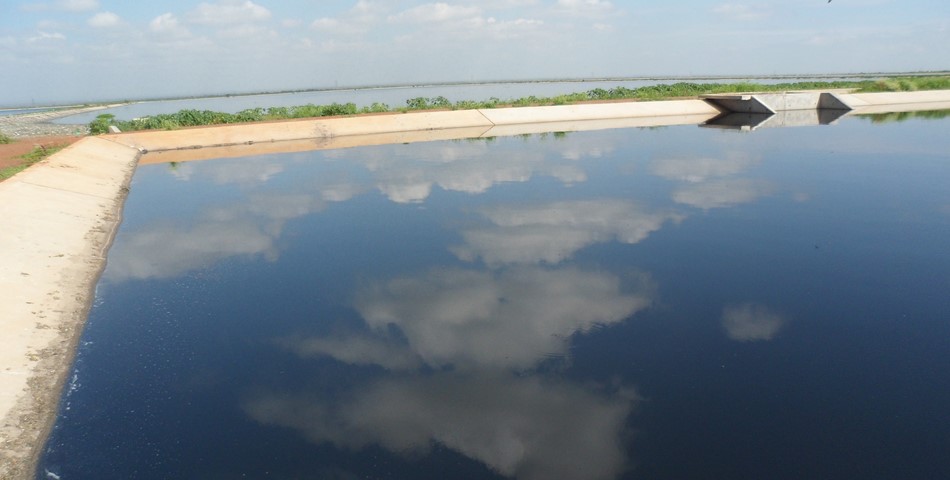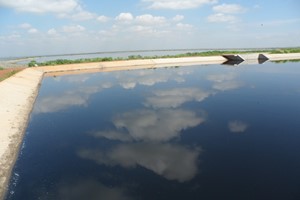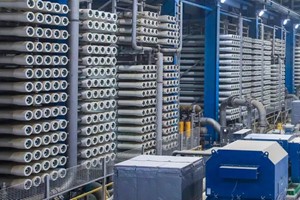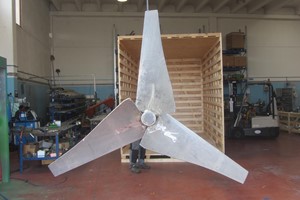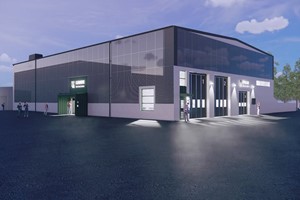Aerobic treatment systems such as the conventional activated sludge (CAS) process are widely adopted for treating low strength wastewater like municipal wastewater. CAS process is energy intensive due to the high aeration requirement and it also produces large quantity of sludge that has to be treated and disposed of. As a result, the operation and maintenance cost of a CAS system is considerably high. Anaerobic process for domestic wastewater treatment are an alternative that is potentially more cost-effective, particularly in the subtropical and tropical regions where the climate is warm consistently throughout the year. Anaerobic wastewater purification processes have been increasingly used in the last few decades. These processes are important because they have positive effects: removal of higher organic loading, low sludge production and high pathogen removal, methane gas production and low energy consumption.
Reviews of anaerobic processes encompasses both fundamental and applied research performed in this area. The review is subdivided into a number of sections including microbiology, biotransformation of toxic and recalcitrant compounds, toxicity, model development, reactor systems, municipal solid waste treatment and new methods for testing of anaerobic processes. In the past decade has been an increased research activity in the application of reactor technology for treatment of various types of industrial wastewaters, such as those from food processing, textile industry, paper and pulp.
Is was stated that high rate anaerobic systems represent low cost and sustainable technology for industrial wastewaters treatment, because of its low construction, operation and maintenance cost, small land requirements, low excess sludge production and production of biogas. Anaerobic digestion consists of several interdependent, complex sequential and parallel biological reactions, during which the products from one group of microorganisms serve as the substrates for the next, resulting in transformation of organic matter mainly into a mixture of methane and carbon dioxide. Anaerobic digestion takes place in four phases: hydrolysis/liquefaction, acidogenesis, acetogenesis and methanogenesis.
To ensure a balanced digestion process it is important that the various biological conversion processes remain sufficiently coupled during the process so as to avoid Mrowiec, Suschka, Anaerobic wastewater treatment process the accumulation of any intermediates in the system. Microorganisms from two biological kingdoms,the Bacteria and the Archaea, carry out the biochemical process under strict anaerobic conditions (Parawira, 2004).
Anaerobic reactors have been used mainly for industrial wastewater treatment. Researches have shown than anaerobic systems such as the Upflow Anaerobic Sludge Blanket (UASB), the Anaerobic Sequencing Batch Reactor (AnSBR) and the Anaerobic filter (AN) can successfully treat high-strength industrial wastewater as well as low-strength synthetic wastewater. Application of anaerobic systems for municipal sewage treatment is so far very limited.
The predominant reason given for is, that municipal sewage are too weak (to low BOD or COD) to maintain high biomass (in the form of granules – suspended solids or fixed film) content in reactor. There are however, some successful examples in pilot and full scale. Orozo investigated a full scale anaerobic baffled reactor (AnBR) to treat municipal sewage of an average BOD of 314 mgO2/L for a hydraulic retention time of 10.3 hours, (organic loading rate 0.85 kg/m3 d) and achieved a 70 percent removal efficiency. It has to be stressed that the process was run at very low temperature between 13 and 15 °C.
Treatment of domestic wastewater in a UASB and two anaerobic hybrid (AnH) reactors was conducted by Elmitwalli et al.) at a temperature of 13 °C. For pre-settled wastewater treatment, the AnH reactors removed 64 percent of total COD, which was higher than the removal in the UASB reactors. The majority of anaerobic digestion plants are operated under mesophilic conditions (approx. 35 °C), however, most wastewaters are released for treatment at temperatures below 18 °C. Therefore many wastewaters are heated prior to treatment, thus consuming up to 30 percent of energy produced.
The main objective is to decrease the cost of sewage treatment and minimize the amount of excess sludge produced. There is however, another important aspect, which can make application of anaerobic treatment as the first step of municipal or industrial treatment attractive. It was many times proven that many refractory difficult biodegradable organic compounds can be decomposed (at least to simpler substances) under anaerobic conditions.
B. Mrowiec
University of Bielsko-Biala
J.Suschka
University of Bielsko-Biala
jsuschka@ath.bielsko.pl



